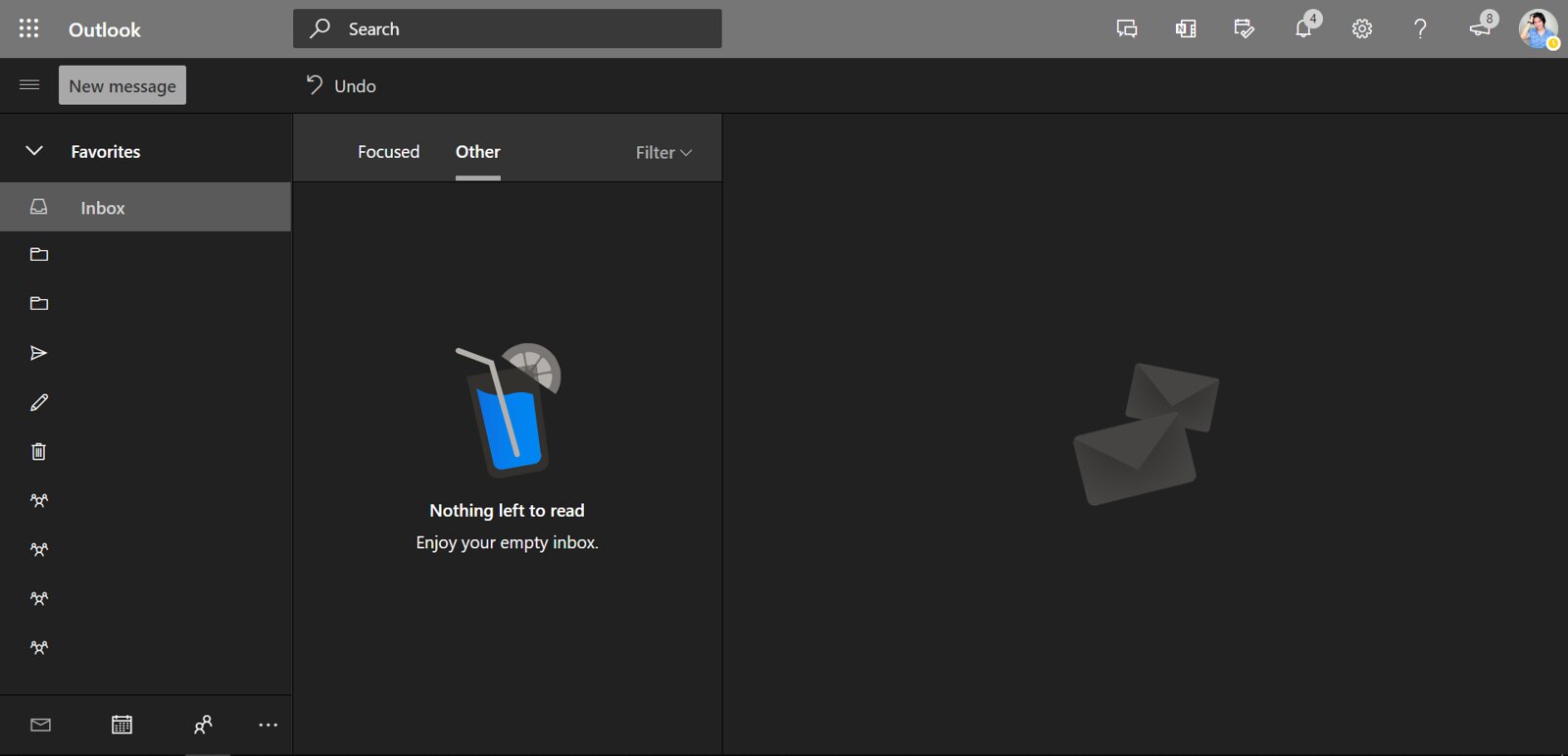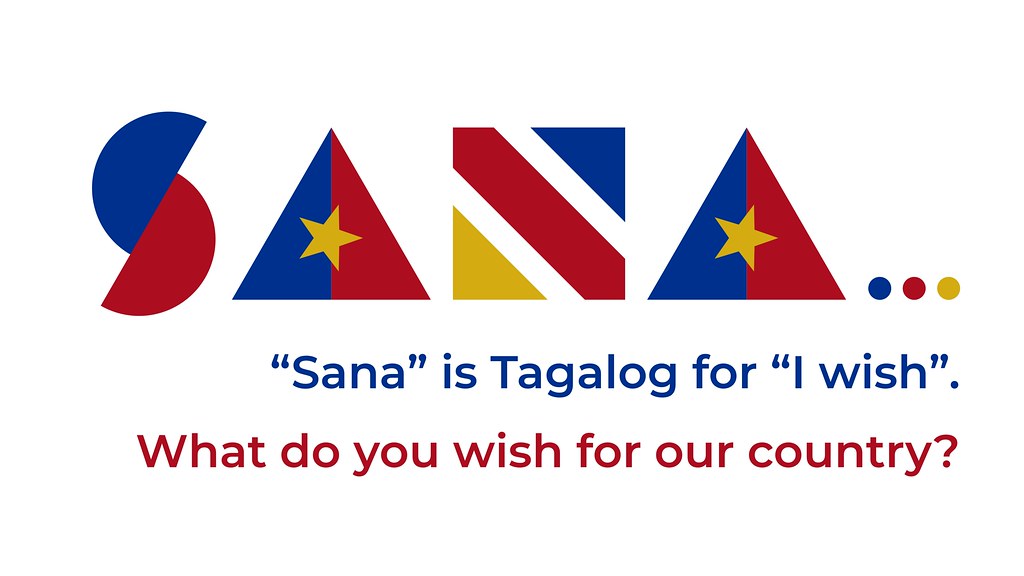Spent this Friday afternoon combing my work inbox — taking notes and flagging important emails that I will take on at the start of 2021. Most of my work that involves team management are already churned in Figma. In other words, I don’t worry about forgetting everything behind because I’ve already managed to extract the important elements.

This is the practice that I want to embed consistently in my life — extract and carry on. It’s like the following metaphors or mental models:
- Stepping stones – using what you’ve learned as a means to an end
- Building blocks – using what you’ve learned to make a whole
- Two birds in one stone – doing something efficiently
The lack of this practice would render, in my mind, a very messy backlog of things that, as time goes by, makes it even harder to make sense of because it became a giant tidal wave of mumbo jumbo — a real counterproductive practice. Forgetting them won’t simply do because experiences are a treasure trove of lessons. So the smart thing to do is to extract and carry on.
An important aspect of extract and carry on highly depends on the frequency of doing it. Imagine a correlation between time and memory relevance and reliability.
Relevance
Our memories simply work that way — as time goes by, we tend to not remember things the same way. From a different perspective, we tend to forget. The saying, out of sight, out of mind captures its essence best.
Reliability
As memories fade away, the way we retrieve or remember them, and the way we interpret them also change — even with the aid of digital documents. It might help you see and remember literal evidence of how many balloons were there in your fifth birthday but memories are different from ephemeral experience. That’s why if it’s not in the now, it’s not wholly what you experienced but a memory of your experience.
Frequency
For how long until you will feel that your backlog is already a giant tidal wave? Don’t let it reach that point. If you could wrap up your life weekly or monthly, then that’s more manageable than wrapping it up once a year.
Looking back a year long when you’ve got a weekly or monthly chunk of the important stuff would be easier, and could actually be an enjoyable activity without the arduous stuff of remembering and extracting.
Pushing this idea to the extreme, I ask myself if I could save only thirty-six photos of a particular month, which could these photos be? It could mean forgetting about the rest of the photos that didn’t make the cut. That could also solve the problem of digital storage, but that’s a different story.
You get the idea — extract and carry on aims for a hangup-free and richer life.

